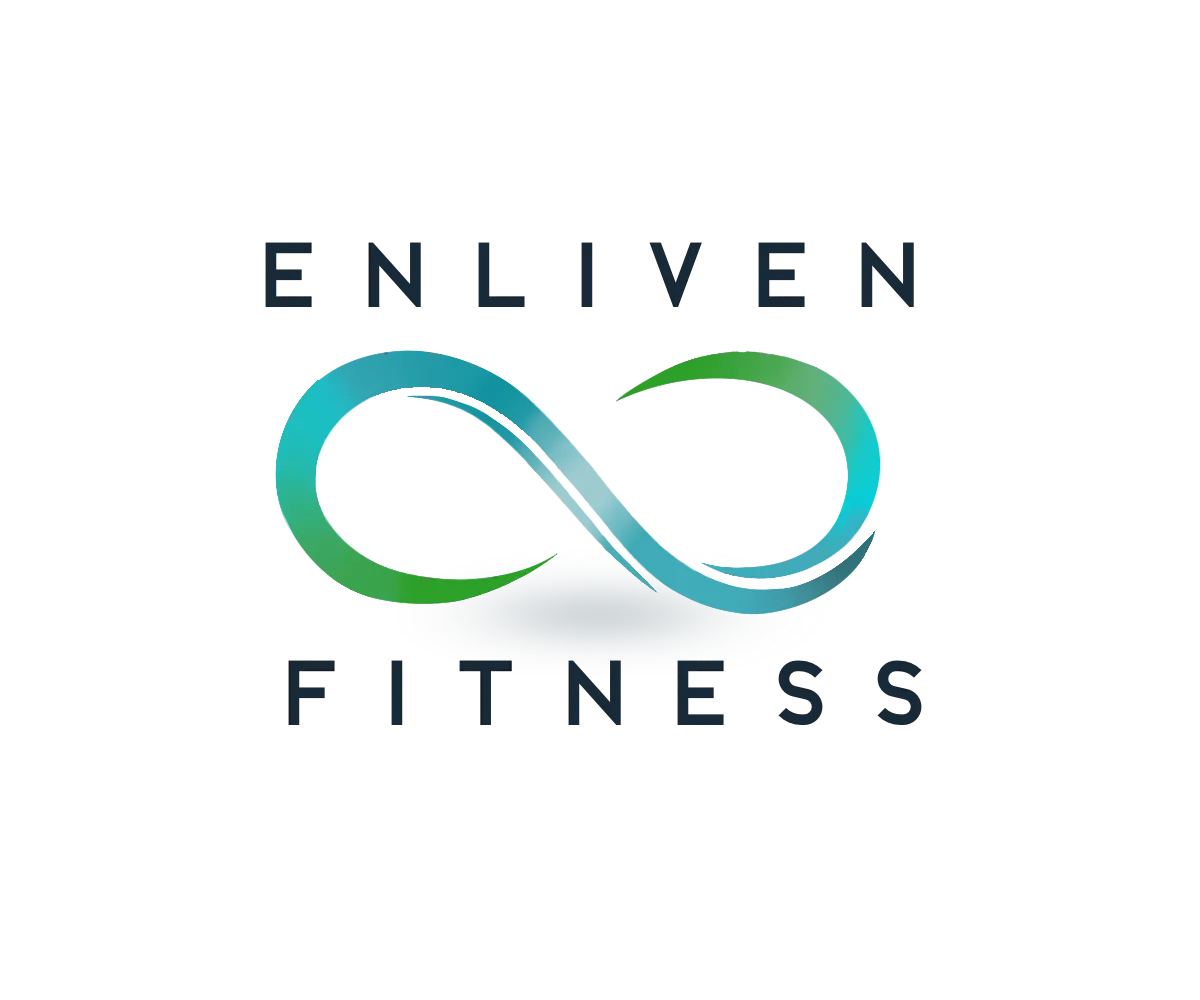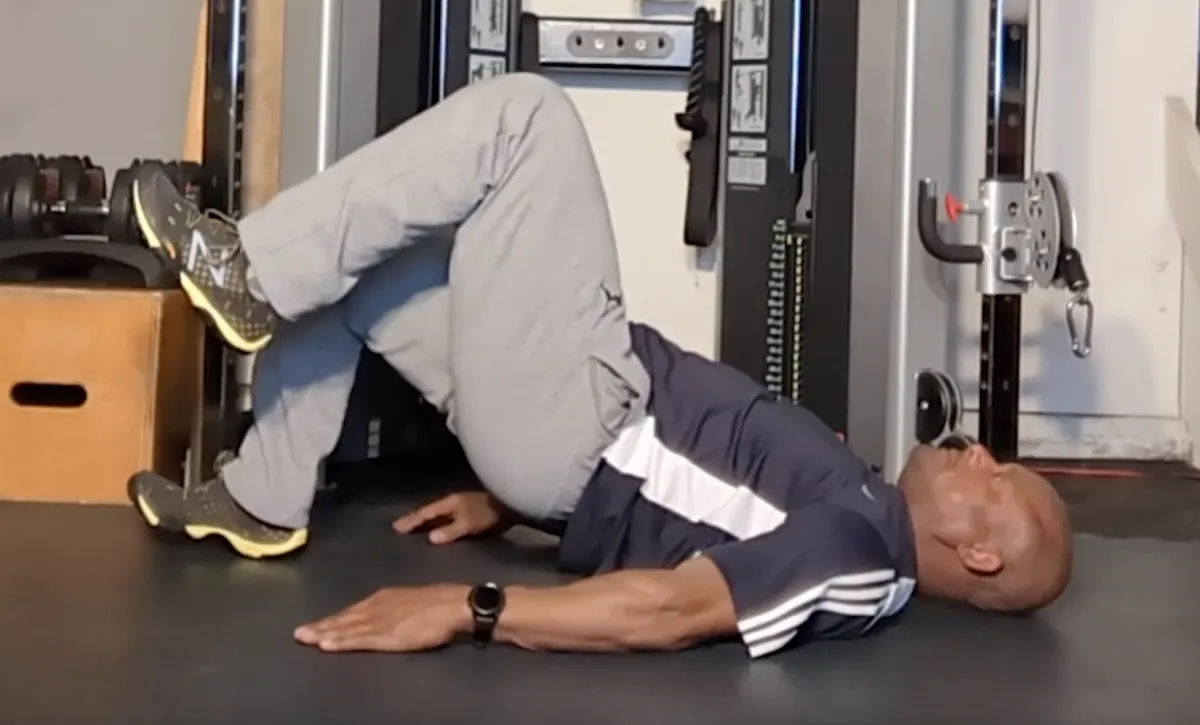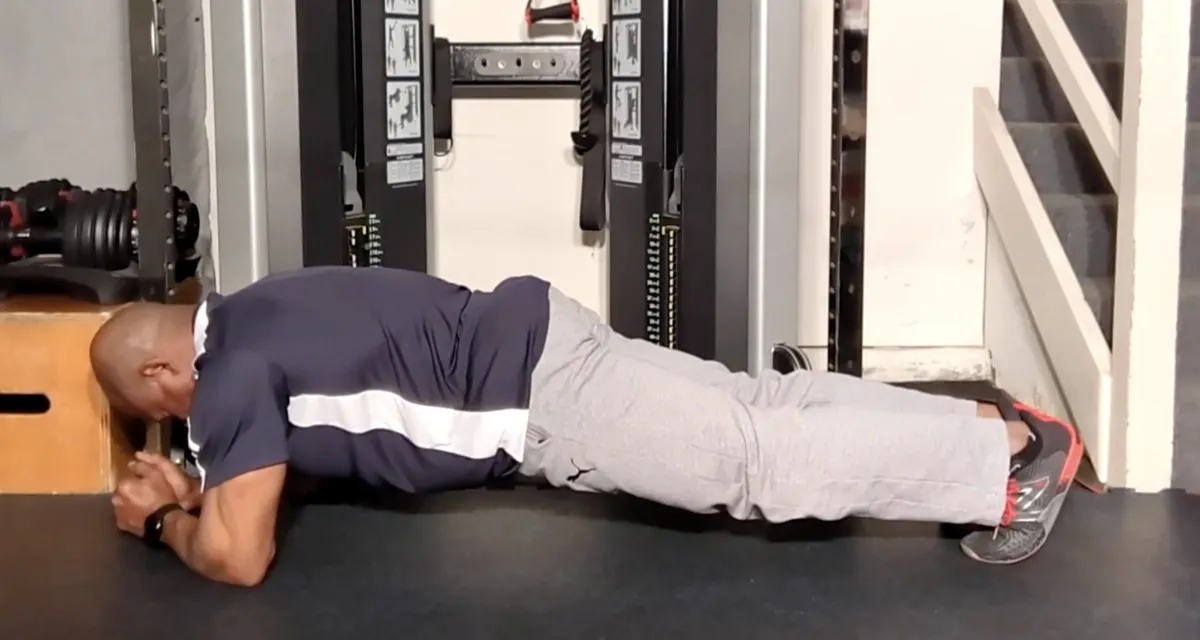
RESOURCES

Low-Impact Workouts to Relieve Shoulder Pain and Improve Mobility
Shoulder pain can be a frustrating barrier to maintaining an active lifestyle. Whether it stems from an injury, overuse, or poor posture, finding ways to stay active without worsening discomfort is essential. Low-impact workouts provide a safe and effective way to alleviate shoulder pain, strengthen surrounding muscles, and improve overall mobility. By incorporating these detailed exercises into your routine, you can start reducing tension, improving your range of motion, and regaining confidence in your movements.
1. Swimming for Shoulder Pain Relief
Swimming is one of the best low-impact workouts for shoulder pain because it reduces stress on your joints while allowing for a full range of motion. The buoyancy of water supports your body weight, making movements feel lighter and less painful.
How to do it:
Freestyle (Modified): Keep your strokes smooth and controlled. Avoid overreaching your arms too far out of the water to reduce strain on your shoulders.
Backstroke: Focus on gentle movements as you alternate arms. Keep your shoulders relaxed and avoid jerky motions.
Water Walking with Arm Swings: Walk in waist-high water while gently swinging your arms in a forward and backward motion to loosen your shoulders.
Tips: Always start with a light warm-up, and avoid strokes like the butterfly that require intense overhead movements. Swimming with a kick board can also help if you want to focus on your legs while giving your shoulders a rest.
2. Yoga for Shoulder Pain Relief
Yoga helps improve flexibility and strength while reducing tension in the shoulder muscles and joints. It emphasizes slow, deliberate movements that promote relaxation and alignment.
How to do it:

Child’s Pose (Balasana): Kneel on the floor, sit back on your heels, and extend your arms forward on the mat. Allow your shoulders to stretch as you reach forward gently. Hold for 20–30 seconds.
Thread the Needle: Start on all fours (hands and knees). Slide one arm underneath the other and rest your shoulder and head on the floor. Hold for 20 seconds on each side.
Cow Face Arms (Gomukhasana): Sit or stand upright. Reach one arm up and behind your head while the other arm reaches behind your back from below. Try to clasp your hands together. If this is too difficult, use a towel to bridge the gap.
Tips: Move slowly and listen to your body. Focus on breathing deeply to relax tight muscles.
3. Pilates Exercises for Shoulder Mobility and Pain Relief
Pilates is perfect for building core and shoulder stability through controlled, low-impact movements. It helps improve posture, which is key for shoulder pain relief.
How to do it:

Modified Plank: Start on your knees and place your hands directly under your shoulders. Keep your back straight and your core engaged. Hold the position for 15–30 seconds, gradually increasing your hold time as you build strength.
Arm Circles: Sit or stand with your arms extended to the sides at shoulder height. Make small circles forward for 15 seconds, then backward for 15 seconds. Gradually increase the size of the circles as your shoulders loosen up.
Shoulder Bridge: Lie on your back with your knees bent and feet flat on the floor. Lift your hips toward the ceiling while squeezing your glutes and engaging your core. Keep your arms at your sides and your shoulders relaxed. Hold for 5 seconds, then lower down slowly. Repeat 8–10 times.
Tips: Focus on controlled movements and avoid any exercises that cause pain or strain.
4. Resistance Band Exercises for Shoulder Strength
Resistance bands are excellent for building strength in the shoulders without the risk of heavy weights. They allow for smooth, controlled movements that target weak areas.
How to do it:
External Rotations: Attach a resistance band to a door handle or stable surface. Hold the band with one hand, keeping your elbow bent at a 90-degree angle and close to your side. Rotate your forearm outward, then return to the starting position. Repeat 10–12 times on each arm.
Pull-Aparts: Hold the resistance band with both hands, arms extended in front of you. Slowly pull the band apart, bringing your hands out to the sides while keeping your arms straight. Return to the starting position. Perform 10–15 reps.
Front Raises: Stand on the middle of the resistance band with both feet. Hold the ends of the band in each hand and lift your arms straight in front of you to shoulder height. Lower slowly and repeat for 10–12 reps.
Tips: Use a light-resistance band to start, and focus on maintaining good form throughout the exercises.
5. Stretching for Shoulder Pain Relief
Stretching is crucial for relieving tension and improving flexibility in the shoulders. These stretches can be done daily and are especially beneficial after workouts.
How to do it:
Cross-Body Arm Stretch: Extend one arm across your chest and use your opposite hand to gently pull it closer. Hold for 20–30 seconds and repeat on the other side.
Doorway Stretch: Stand in a doorway with your hands on either side of the frame at shoulder height. Step forward gently to stretch your chest and shoulders. Hold for 20–30 seconds.
Wall Angels: Stand with your back flat against a wall, feet a few inches away from it. Raise your arms to a “goalpost” position, then slowly move them up and down like you’re making snow angels. Repeat for 8–10 reps.
Tips: Avoid bouncing during stretches and hold each position gently to avoid overstretching.
Additional Tips for Shoulder Pain Relief
Warm Up and Cool Down: Always prepare your muscles with a warm-up and end your workout with a cool-down to prevent stiffness.
Maintain Proper Form: Poor technique can worsen shoulder pain. Focus on correct posture during all movements.
Rest and Recovery: Give your shoulders time to recover. Overuse can delay healing and exacerbate pain.
Listen to Your Body: If an exercise feels uncomfortable or painful, stop immediately and try a gentler alternative.
When to Seek Professional Help
While low-impact workouts can significantly alleviate shoulder pain, there are times when professional intervention is necessary. If your pain persists, worsens, or is accompanied by swelling or limited range of motion, consult a healthcare provider or physical therapist. They can provide personalized guidance and recommend exercises tailored to your specific needs.
Final Thoughts
Shoulder pain doesn’t have to limit your ability to stay active. Low-impact workouts like swimming, yoga, Pilates, and resistance band exercises are safe and effective ways to reduce pain, improve mobility, and build strength. By following these detailed instructions and incorporating these movements into your routine, you can take control of your recovery and enjoy a more pain-free, active lifestyle. Remember to listen to your body and consult a healthcare professional if your pain persists.
Sheila Mann's Testimonial
Sheila Mann doing Suspension Strap Push-ups on an elevated Single Leg.
Just another Saturday Workout Part 2
Spray Tan Fitness
Dreams or Goals
Intro to Self-Myofascial Release
Self Massage using the Energy F X Tube (Upper Body)
Self-Massage for Lower Body using Energy F X Tube (IT Band , Glutes)
Level 3
This is our advance level. In this level you will be asked to increase the challenges to your strength, balance and to some degree, your conditioning. We continue to focus on the major joints of the body (hips, shoulder, and knees) with the added challenge of resistance. This level also includes the added challenge of coordination, as many movements require the integrated movement of both upper and lower body.

Level 4
This is our premium level. In this level you will be asked to significantly challenge your body through increased demands on your functional core strength in movements that will significantly challenge your balance and strength simultaneously. Here we will ask you to begin to optimize your balance, core activation, and improved range of motion in a functional aspect – integrated movement of both upper and lower body, but at a higher level of accountability.


